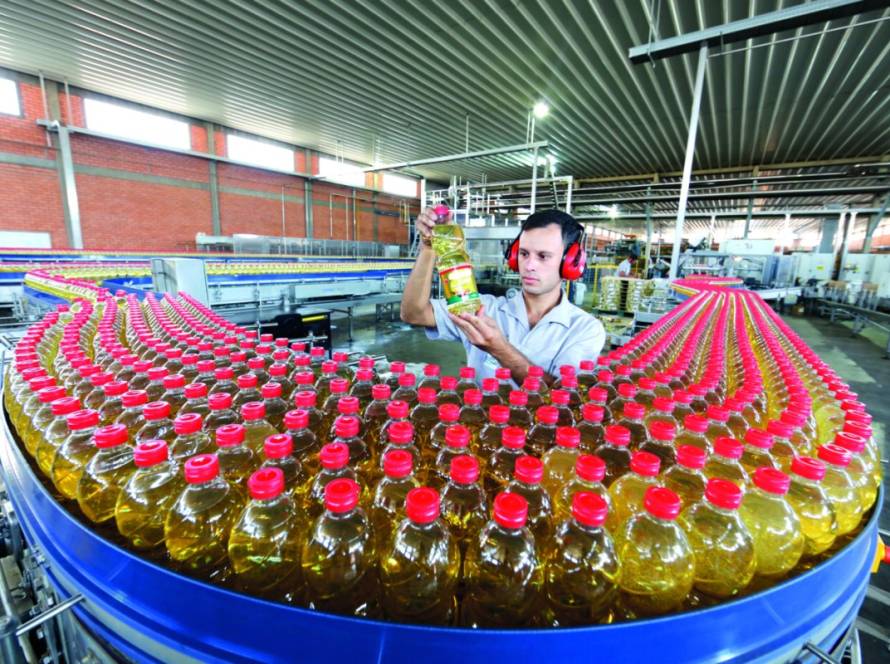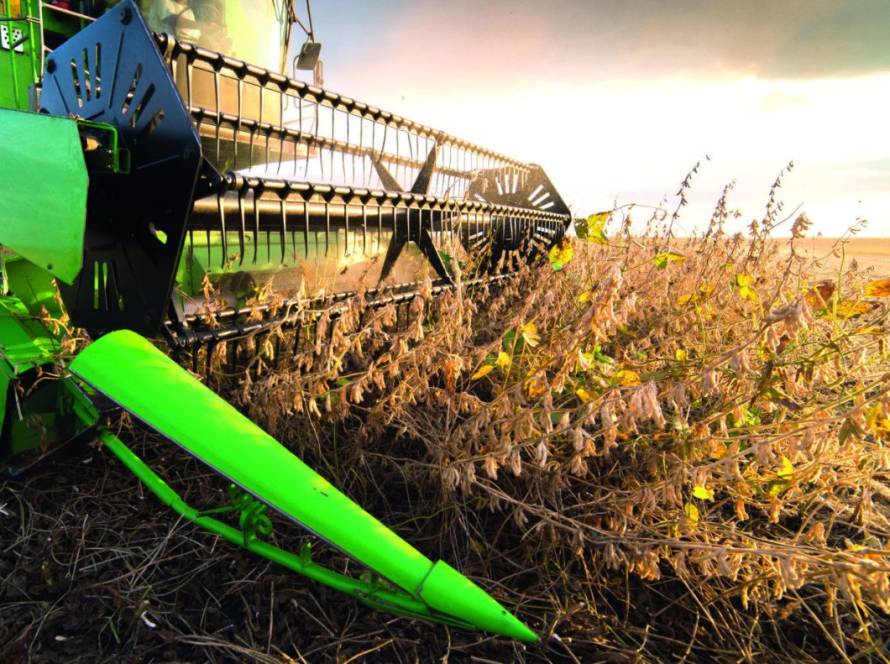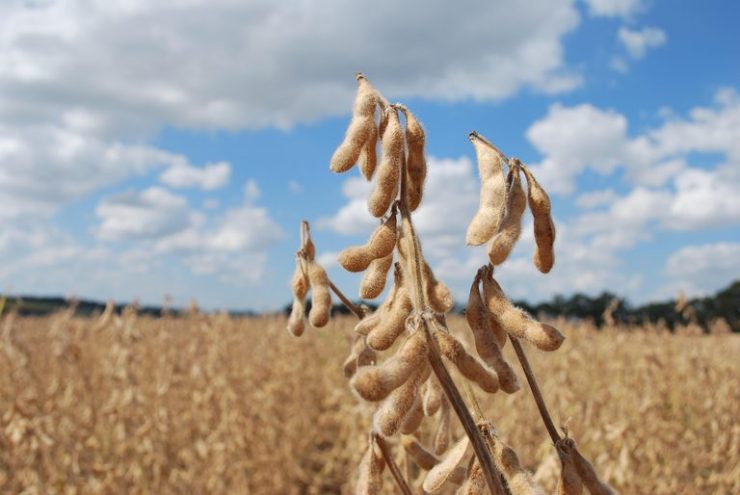The Systematic Survey of Agricultural Production (LSPA), released this Thursday (12) by IBGE, shows that the national harvest of cereals, legumes and oilseeds should total 332.6 million tons in 2025. This is a value 13.6% or 39.9 million tons higher than the harvest obtained in 2024 (292.7 million tons). In comparison with April, the estimate registered an increase of 1.3%, with an increase of 4.3 million tons.
The area to be harvested this year is expected to be 81.2 million hectares, which represents a growth of 2.7% (2.1

Photos: Shutterstock
million hectares more) compared to the area harvested in 2024.
Compared to the previous month, the area to be harvested expanded by 146.3 thousand hectares (0.2%). “The May estimate for the 2025 harvest is a record in the IBGE historical series, as are the productions of cotton (seed) and soybeans. The increase in planting areas and the favorable weather in most of the producing states are responsible for the success of the Brazilian grain harvest this year. In the current harvest, only Rio Grande do Sul showed a decline in production, due to the lack of rain during the summer harvest”, highlights the LSPA manager, Carlos Barradas.
The main positive highlights of the 2025 harvest in May are the estimates for soybean (165.2 million tons) and cotton (9.3 million tons) production. Rice, corn, and soybeans represent 92.7% of the production estimate and are responsible for 87.9% of the harvested area. Compared to 2024, there were increases in the estimated production of herbaceous seed cotton (4.5%), rice (15.9%), beans (4.6%), soybeans (13.9%), corn (14.1%, being 12.8% for corn 1st crop and 14.4% for corn 2nd crop), sorghum (9.0%), and wheat (6.6%).
Still compared to 2024, but in terms of the area to be harvested, there was growth of 4.7% in upland cotton

(in seed), 11.3% in paddy rice, 3.3% in soybeans, 3.2% in corn (decline of 3.6% in 1st corn crop and growth of 5.1% in 2nd corn crop), and 5.7% in sorghum. On the other hand, the areas of beans (-4.7%) and wheat (-14.2%) showed reductions.
The estimate of cereal, legume and oilseed production for May showed a positive annual variation for all regions of the country: Central-West (17.5%), South (7.6%), Southeast (14.7%), Northeast (8.7%) and North (14.5%). Regarding the monthly variation, the North (3.2%), Southeast (1.0%) and Central-West (2.6%) showed increases. The South (-1.2%) and Northeast (-0.1%) showed declines.
Compared to April, the main increases in production estimates were due to oats (9.3% or 111,265 t), sorghum (5.6% or 231,442 t), third-crop beans (4.5% or 35,793 t), rice (3.3% or 394,347 t), second-crop corn (2.5% or 2,510,549 t), seed cotton (1.7% or 151,204 t), tomato (1.5% or 70,536 t), soybeans (0.6% or 964,849 t), arabica coffee (0.6% or 12,356 t), canephora coffee (0.4% or 4 213 t) and 1st crop corn (0.2% or 60,567 t).

In the opposite direction, there were drops in the production estimates for barley (-23.1% or -125,562 t), first-crop beans (-2.0% or -2,326 t), wheat (-0.4% or -34,842 t) and second-crop beans (-0.2% or -2,326 t). “In 2025, corn production is very close to the record harvest of 2023, and it is possible to surpass it. This will depend on the continuation of good weather conditions, since the 2nd crop is in the field and, therefore, can still benefit”, adds Carlos.
With a 31.5% share, Mato Grosso leads national grain production
Mato Grosso leads as the largest national grain producer, with a share of 31.5%, followed by Paraná (13.5%), Goiás (11.6%), Rio Grande do Sul (9.7%), Mato Grosso do Sul (7.6%) and Minas Gerais (5.5%), which, together, represented 79.4% of the total. Regarding the shares of Brazilian regions, the panorama is as follows: Central-West (51.1%), South (25.3%), Southeast (8.9%), Northeast (8.4%) and North (6.3%).
The main positive variations in production estimates, in relation to the previous month, occurred in Mato

Grosso (3,603,336 tons), in Mato Grosso do Sul (481,610 tons), in Tocantins (374,520 tons), in Minas Gerais (285,573 tons), in Goiás (256,403 tons), in Rondônia (228,061 tons), in Roraima (38,775 tons), in the Federal District (38,094 tons), in Sergipe (32,127 tons), in Rio de Janeiro (179 tons) and in Santa Catarina (13 tons). The main negative variations were observed in Rio Grande do Sul (-775,056 tons), Paraná (239,400 tons), Ceará (-31,734 tons), Alagoas (-6,949 tons), Piauí (-4,311 t), Rio Grande do Norte (-4,150 tons), Maranhão (-3,197 tons), Pernambuco (-2,493 tons), Amazonas (-430 tons), Amapá (-170 tons) and Pará (15 tons).
Agricultural storage capacity grows by 2.1%
The Stock Survey for the second half of 2024 showed that Brazil's available storage capacity was 227.1 million tons, 2.1% above that recorded in the previous half. In addition, the number of active establishments reached 9,511, an increase of 0.9% compared to the first half of the same year.





